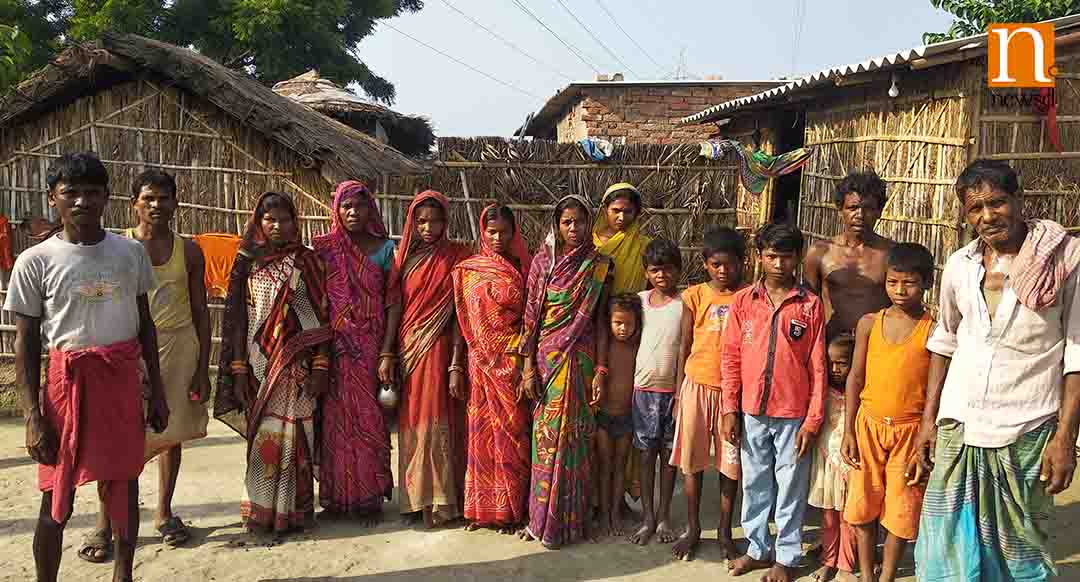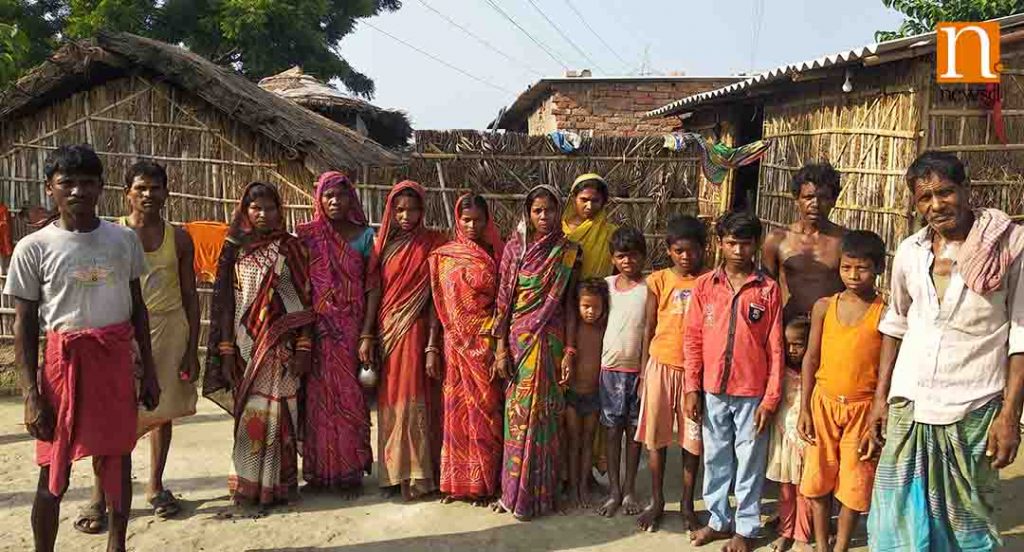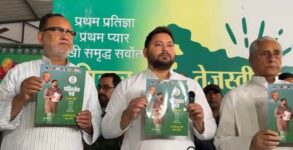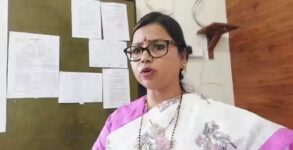“If our cattle somehow enter agricultural fields of upper castes we are verbally abused, beaten up and forced to pay a certain amount as fine,” says, Ram Rati Devi, a daily wage landless labour of Saandhadumber Musahartoli, in Sandhadumber village of Motipur in Muzaffarpur district of Bihar.
Musahartoli is the name locally used to identify the villages/area of a village where Musahars live. The name Musahar is derived from ‘Musa Ahar’ meaning ‘Rat-Eater’ or ‘Rat-Catcher’ but many other tribes also eat rat to survive. However, the predominant narrative in society refers to them as ‘flesh-seeker’ or ‘hunter’.
They are semi-nomadic Dalits in India who are extreme examples of poverty and deprivation. These Dalits among the Dalits are categorized as the Mahadalits. The Musahars are one of the lowest Mahadalit communities of India inhabiting largely Bihar and few parts of the middle and northern Uttar Pradesh. Musahar community is probably the poorest, backward among all existing castes nationwide.
Musahars are predominantly found in the state of Bihar and UP.
The State Government of Bihar had formed the Mahadalit Commission to look after the actual fact of the matter. Chief Minister Nitish Kumar bifurcated OBCs into Extremely Backward Castes (EBCs) and other Dalit castes in 2007. This gave rise to a new category called Mahadalits. Musahars are now a part of the Mahadalits but they are not an organized force like Paswans as they are a traditionally nomadic tribe, not confined to one particular region but since few years, in Bihar, their mobilization has seen the light of the day.
On the basis of the Mahadalit Commission’s report, the following 23 castes/communities are defined as Mahadalits. These are the – Bantar, Bauri, Bhangi, Bhogta, Bhuiya, Chaupal, Dabgar, Dom/Dhangad, Ghasi, Halaka, Hari, Kanjar, Kurariar, Lalbegi, Mahtar, Musahar, Nat Pan, Sawasi, Rajwar, Turi, Dhobi, Pasi and the Chamar. According to Bihar State Mahadalit Commission’s interim report, there are 2.2 million Musahars in Bihar on contrary social activists claim the figure to be 3 million. About 96.3% of them are landless, 92.5% work as farm labour. The literacy rate is just only 9.8%, the lowest among Dalits in the country.
Saandhadumber Musahartoli is home to over 85 households comprised of early 300 Musahars. Munni Devi, a daily wage agricultural labour expresses a sigh of relief saying, “my son is the only one to pass Xth standard from a nearby school in Barahmpura but at the same time I feel extremely bad for rest of the children who fear going to school as they are manhandled on regular basis. The sole reason is our caste identity and the activities we undertake for our survival.”
Nearly half of the female population is engaged in the nearby agricultural field earning fifty rupees per day but education as a big hope resides in heart of these hard-labouring women. They really aspire to see children in school with books and knowledge.

Ramdayal Manjhi, a formerly elected panchayat member expresses concern over the emptiness of opportunities in their livelihood and depth of deprivation in whole Musahar community. He says, “we are living since ages on the government land (locally called as garmajarua zameen), we don’t have any piece of land or any asset. The ruling party which runs the government can throw us out from here whenever they want. During my tenure as ward member, I tried my best in bringing out official documents of 19 households but failed to do more than this.” (Jab bhi chahey sattadhari party humlog ko yahan se hata sakta hai ). The worst part is the social boycott which we face every day. Our children face wide scale-physical, verbal discrimination in school, ladies are not allowed to worship in the temple. We live in permanent fear. Our life revolves around the food, and hence the search for work to earn a livelihood.
MORE THAN POLITICS, SOCIETY A BARRIER
Picture of one of the most marginalized community is tremendously gruesome which specifically includes hindrance in their social upliftment even their representation in the sociopolitical landscape is gloomy. The caste factor has severely pushed all hopes in the dark time where concerns, need have been muzzled down by the Brahmanical upper caste hierarchy. There are several schemes laid down by the state government but if we introspect the real cause, these schemes seem to have missed the target as the director of Bihar Vikas Dalit Samiti, Mr Anto Joseph says, “there is no easy solution for the economic empowerment of Musahars, unlike other marginalized communities. “It is an irony that an agrarian community dependent on an agrarian economy is landless.” Centuries of social subordination and exploitation has resulted in the passive acceptance of the situation among the Musahar community. In Bihar’s high stake political battle, Musahars- an influential, decisive tribe of among Mahadalits with 16% voters in the state, they continue to survive inhuman conditions without sufficient food, clothes and shelter remain the biggest irony. Stigmatized as untouchables and living a life of grinding poverty, the Musahar community is living a life far below the level of human dignity. They are the socially marginalized, educationally deprived and physically exploited caste in this independent nation, remains the bottom line.


















